Although scientists and researchers do their best to estimate the ages of these structures, radiocarbon dating offers only an approximate value of the age of these archaeological sites. Periodic calibration of the carbon dating techniques by constant testing on ancient trees, sediments and ice enables comparing the results with global weather conditions of the past 52,000 years, leading to a gradual increase in the accuracy of this technique over time.
10. La Hougue Bie, Jersey – around 3500 BC
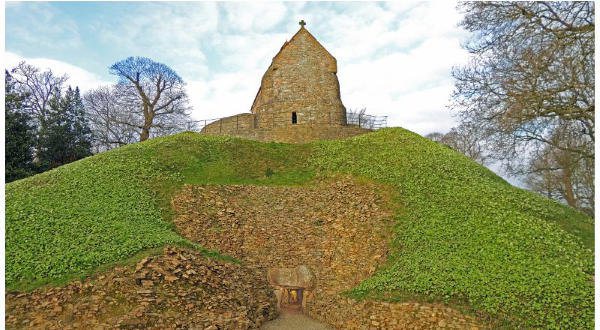
La Hougue Bie is a burial site in the island of Jersey, off the shores of Normandy, France, which dates from around the Neolithic period, composed of large stones that were probably dragged to the site using wooden ramps and rolls.
This 18.6 metre long passage grave was probably also used for other types of rituals and ceremonies. During the 12th century, it was converted from a pagan site to a Christian area of worship.
9. Sechin Bajo, Peru – around 3500 BC
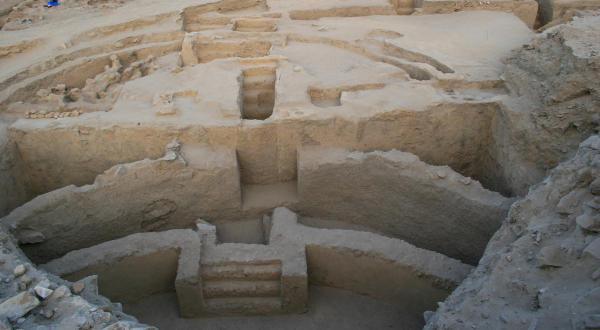
Located in Caral, Peru, Sechin Bajo is a square that was discovered in 2008 by archaeologist Peter Fuchs. It is probably the oldest known structure in the Americas. Sechin Bajo presents layers of buildings built on top of each other, potentially representing a reconstruction of an attacked site.
8. Listoghil, Ireland – around 3550 BC
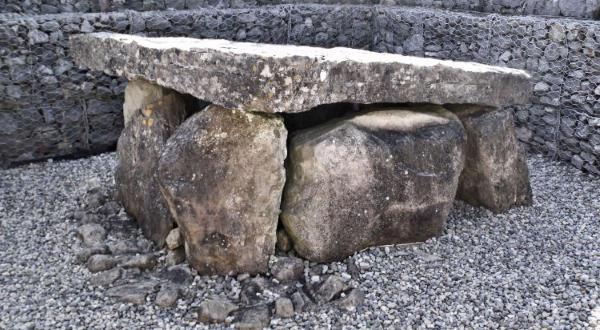
Also known as Carrowmore, Listoghil is a Passage Tomb located in the southern side of Ireland. This place is the largest of four burial passage sites in Ireland. It covers an area of approximately 1.5 square miles. Initially, this place was damaged by construction activity before workers realized that the area was actually an ancient tomb.
7. West Kennet Long Barrow, England – around 3650 BC
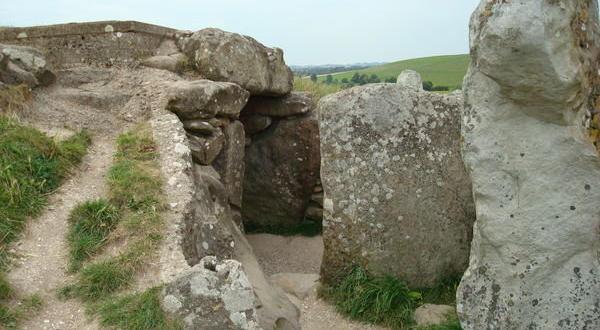
Located only 15 miles away from the legendary Stonehenge, West Kennet Long Barrow is one of the largest tombs buried on British soil, measuring 328 long and 10.5 feet high with a maximum width of 82 feet. At least 46 people were buried in West Kennet, along with ceramics and other artifacts.
6. Ggantija, Malta – around 3700 BC
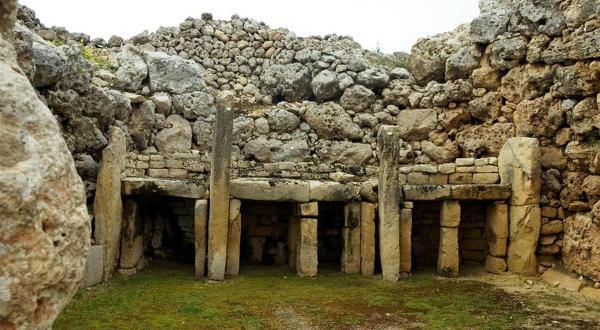
A UNESCO World Heritage site, the Ggantija temples are located on the Maltese island of Gozo. These temples are considered the oldest stone structures in the world, built hundreds of years before Stonehenge and the Egyptian pyramids.
5. Knap of Howar, Scotland - around 3700 BC
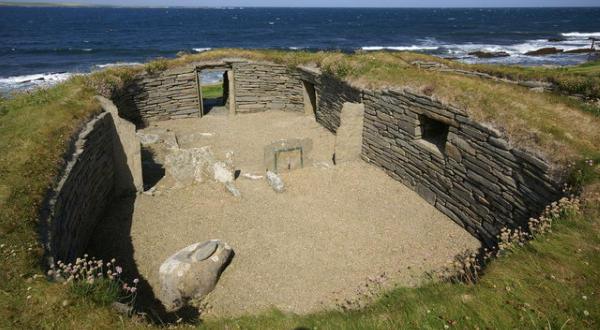
Considered the oldest stone houses in northwestern Europe, Knap of Howar is in the Westray island in an archipelago on the north of Scotland. This ancient site consists of 2 houses in a rectangular area, complete with stone cupboards, tents, a shed and a passage that connects the two houses.
4. Monte d'Accodi, Italy- around 4000 BC
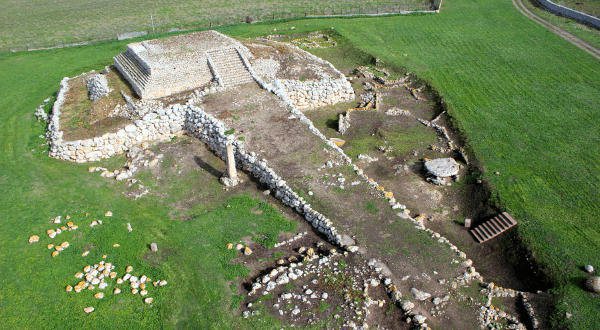
A single building in the Mediterranean, the Monte d'Accoddi is similar to an old ziggurat, pyramid or temple and is located on the Italian island of Sardinia. After initial excavation attempts were discontinued in 1958, this site was fully excavated in 1990 after nearly two decades of work. The exact nature of this structure is still uncertain due to its construction methods being similar to ones found in Mesopotamia instead of Egypt, which is much closer to Italy.
3. Tumulus Saint-Michel, France – about 4500 BC
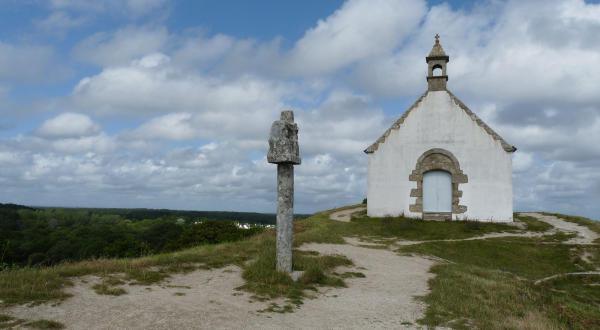
Excavated between 1862-1864 and 1900-1907, Saint-Michel Tumulus completed initial restoration in 1927, after being closed for tourists for safety reasons. The tumulus forms what is almost an artificial hillock of more than 30,000 squared meters.
2. Tumulus of Bougon, France – around 4800 BC
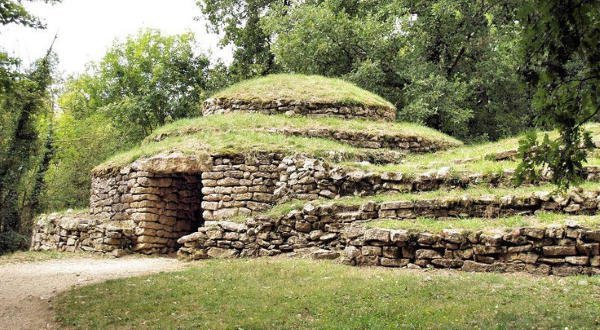
One of the oldest complex of tombs in Europe is located in France. The Tumulus of Bougon contained hundreds of bone fragments, skeletons and burial artifacts that were carefully excavated over the years. The 6 connected hills, make up the largest tomb of Bougon, measuring 236 feet long and one of them contains a burial chamber of considerable size.
1. Barnenez, France - around 4800 BC
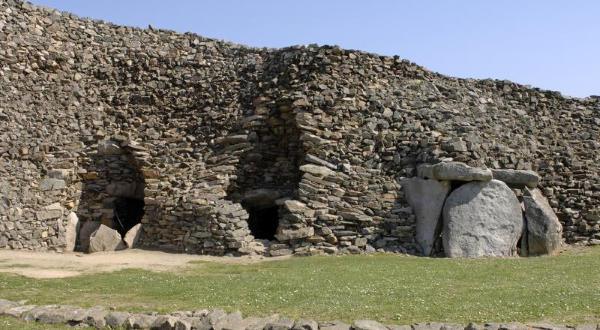
One of the world's most ancient burial sites is also the largest mausoleum in Europe with 11 passage graves in the interior of this structure. This site is located on the east coast of France, near the Celtic Sea and the English Channel.


